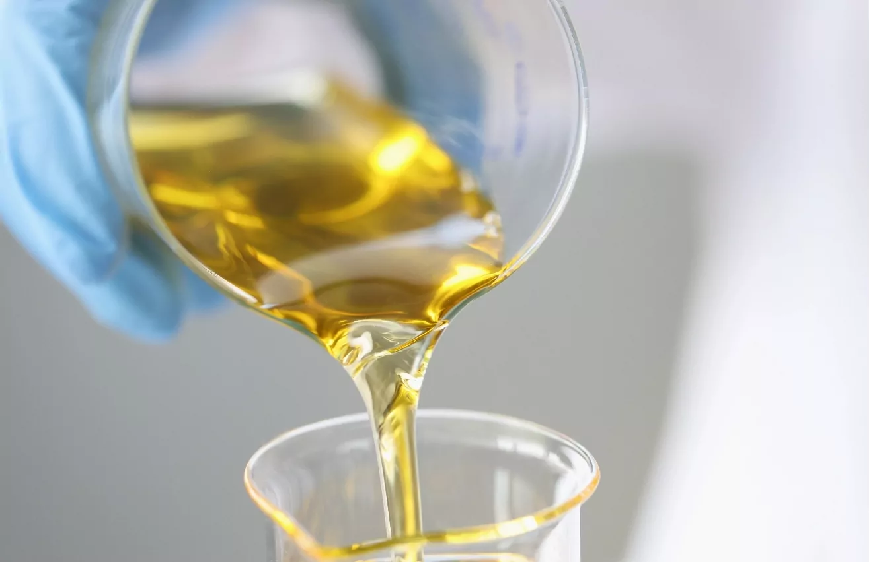Magnesium is the chemical element in the periodic table of elements with the symbol Mg. Magnesium is the eighth element and the third metal after aluminium and iron in abundance in the earth’s solid crust, forming about 2% of its mass. Magnesium is the third most abundant component in salts dissolved in seawater. The Englishman Joseph Black first identified magnesium as an element in 1755. Magnesium is a basic earth metal and is hence just found in a blend with different components. It is found in enormous stores of magnesite (magnesium carbonate), dolomite, and different minerals like powder.
Carbon has been known to humankind for many years, yet neither its discovery nor its nomenclature is attributed to a single person. The Latin word “carbo”, which means an ember or charcoal, is where the term “carbon” originates. Because fire was one of the first things, humans learned to use, soot and charcoal from fires were widely used in ancient society and were given the term carbo. Carbon is concentrated as soot, charcoal and ash when a naturally occurring substance that contains carbon, like wood, is burned. Amorphous carbon is the type of carbon found in soot, charcoal and ash.
Table of Contents
Magnesium Carbide – A Carbon Magnesium Compound
Magnesium carbide can be prepared by carefully heating powdered magnesium in a current of acetylene gas. An impure magnesium carbide is obtained, mixed with carbon, but with cold water evolves acetylene gas. Magnesium carbide is obtained by heating magnesium oxide with carbon.
MgO + 3C → MgC2 + CO2
This magnesium carbide was placed in a double crucible of pure graphite and heated in a carbon tube closed at one end, with a current of 600 amperes at 60 volts. Length of heating, six minutes. After cooling, the black substance in the tube gave no evolution of gas with water. Magnesium carbide is completely decomposed at this high temperature. This explains why it is possible to fuse magnesium and bring it into a liquid state in a carbon crucible without reducing the oxide. At the melting point of magnesia, magnesium carbide cannot exist.
Uses of Carbon
Carbon is widely used in industry. Without it, modern life would be very different. One of the earliest uses of carbon was in smelting iron. Charcoal forms when wood burns without a supply of air. It is very good at removing oxygen from other materials. In the 1700s, people started to use coke instead of charcoal. Coke forms when coal burns without air.
Amorphous carbon has useful properties. Short strands of carbon are called carbon fibres. Carbon fibres are very tough. They are mixed with plastics to make materials that are as strong as most metals but much lighter. Carbon fibres are used to make tennis rackets, skis, and the shells of racing cars. Fullerenes might prove to be one of the most useful forms of carbon. Scientists are studying fullerene superconductor substances that conduct electricity perfectly.
Most of the world’s energy needs are provided by burning carbon. Carbon-rich fuels include coal, oil, and natural gas. They are known as fossil fuels because they were formed millions of years ago from dead plants and animals.

